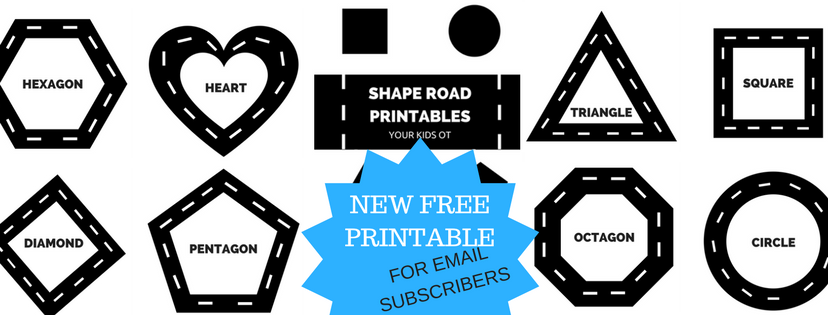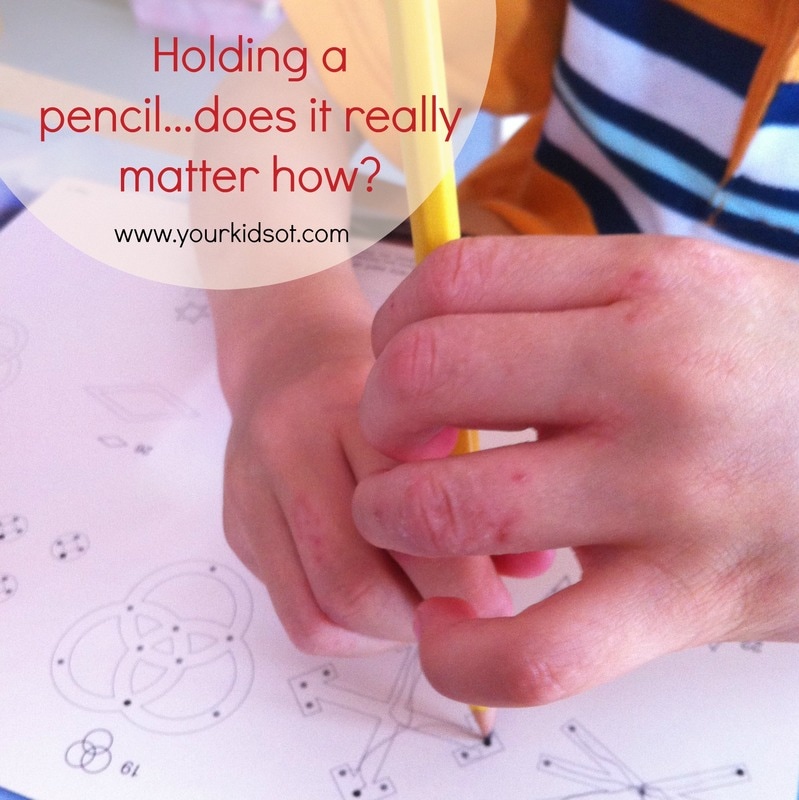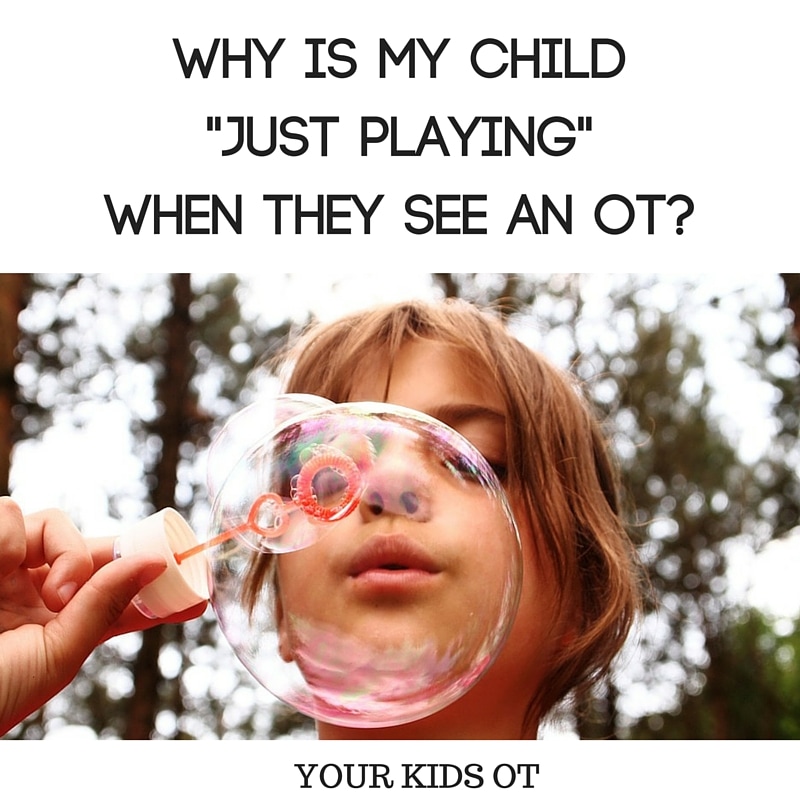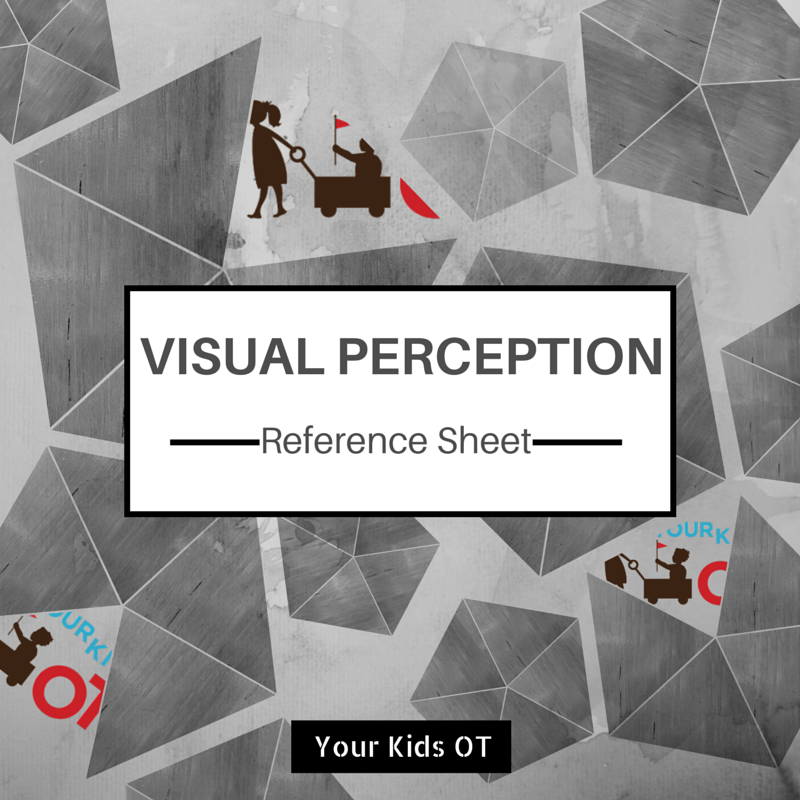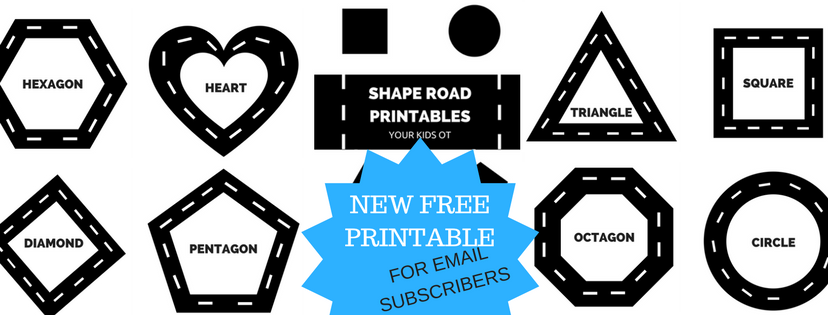|
Shuffle shuffle. The 8 year old was shuffling along his chair and almost fell off. Why was he doing this?
Left hand. Right hand. Together. The 6 year old girl could not decide which hand to hold the crayon. Snip snip. Hang on! This kid was just using a different hand when holding his pencil! This child can't sit cross-legged on the floor! They either flop about or sit with the legs in a "w" position. Have you seen any of these common issues in the classroom? Hand preference, crossing the midline, bilateral coordination are all related concepts. Read on and let me explain how! Development of Bilateral Coordination Bilateral coordination/integration is the ability to use both sides of the body at the same time in a coordinated way. Babies develop symmetrical bilateral coordinated movements at 3 months of age (Beery, 2010). They bring objects to their midline (ie. the imaginary line running through the middle of a person separating left from right). Both hands move simultaneously and symmetrically. This skill continues to develop as a child matures, develops muscle tone and control. Examples of symmetrical bilateral coordination include clapping hands, holding onto a cup with two hands to drink, banging a pot with both hands together, using a rolling pin and banging two blocks together. Reciprocal bilateral coordination can be seen when both sides of the body are performing the same actions in an alternating pattern (ie. reciprocal pattern). This may include just the upper limbs or just the lower limbs or a combination of both. Early signs of this include crawling, shaking percussion instruments with alternating hands and walking. Assymetrical bilateral coordination can be seen when both sides of the body are used to perform one activity. One hand acts as the "worker" (dominant) and one hand acts as the "helper" (non-dominant). Both hands play important roles in a variety of bilateral tasks. Handedness (the identification of a dominant hand) is important for the development of fine and gross motor skills. It enables more refined development of the "work" hand to be "skilled". In the brain, this means that cerebral dominance is localized to one hemisphere (ie. lateralized brain). Everyday examples of assymetrical bilateral coordination include using one hand to hold scissors to cut whilst the other hand manipulates the paper, turning a screw bottle top with one hand whilst the other hands holds the bottle, using a screwdriver to turn whilst holding the screw steady, squeezing toothpaste onto a toothbrush whilst holding the toothbrush steady, etc. Through natural opportunities to explore and play, children develop a hand preference (one hand is preferred or chosen) and handedness (one hand is more reliable for use across a range of skillful acts). (Erhardt and Sava, 2008). The age which children demonstrate hand dominance has been quite varied in research stating development anywhere between 5 and 9 years of age (Kaufman, Zalma and Kaufman, 1978). Erhardt (2008) describes the essential developmental components for acquiring hand preference includes postural control, eye-hand coordination and perceptual concepts such as body image. Therefore mixed dominance (where there is no clear choice) should be considered as a symptom of dysfunction (rather than a cause) in areas such as handwriting and cutting. Kaufman, Zalma and Kaufman (1978) also found that preference for the right or left hand is related to knowledge of right versus left with greater mastery or right-left discrimination displayed by youngsters with a consistent hand preference. But wait!.... I hear you say! My child can use both hands equally well. They are ambidextrous! Research has shown that the percentage of true ambidextrous people in the community is quite small. Here is where you can choose your own adventure ( I used to love those books as a kid). If your child is ambidextrous (ie. mixed dominance) and this is not affecting functional tasks, bilateral coordination or the classroom issues mentioned previously then GREAT! Please feel free to skip over this article. If your child has not developed a hand dominance and it is affecting their functional skills then keep reading! Crossing the midline The ability for one side of the body to “crossover†to the other side of the body. This requires good core stability, trunk rotation and body awareness. In the brain, this requires the left and right hemispheres of the brain to communicate across the corpus collosum (the connection between the two sides of the brain). The ability to "cross the midline" is an important skill for kids every day. Examples include sitting cross-legged on the floor, cutting with scissors, reaching across to put on shoes, drawing a diagonal line, unzipping a school bag. Kids sometime compensate for difficulties with crossing the midline by demonstrating some of the problems I listed earlier. They may switch hands when the pencil reaches the midline. They may adjust their work so it is always on the "writing side". They may move themselves along the chair so that the work is kept on the "writing side" as they write along a line.
Associated Problems with Bilateral Coordination.
When considering bilateral coordination, there are a number of associated problems that need to be considered as well.
INTRODUCING MY NEWEST REFERENCE SHEET! The "Bilateral Integration and Laterality" reference sheet is a comprehensive guide to bilateral integration! It covers everything in this article as well as over 50 activities to help your child with bilateral coordination skills. This reference sheet has been kindly reviewed by some wonderful therapy bloggers! A big thanks to my colleagues for reading, commenting and reviewing! Read what they are saying about it! "It is incredibly thorough and the checklist is a thoughtful way to provide reasoning for activity use during treatment or education."Becca @ OT Mommy Needs Her Coffee "It is very visually laid out for ease of reading".Laura @ Easter Seals DuPage & Fox Valley "I love how easy it is to follow and understand, especially for parents. But it is also a great refresher for therapists too!" Heather @ Growing Hands On Kids Purchase your copy of the "Bilateral Integration and Laterality Reference Sheet" HERE! As a special introductory offer, you can purchase the BI reference sheet as a bundle with my other popular reference sheets: pencil grasp, sensory, visual perception skills. Purchase your bundle HERE!
Do you know a child with difficulties with bilateral coordination?
References
Comments are closed.
|
AuthorHi, I'm Cindy and I am an Occupational Therapist. I enjoy working creatively with children to see them reach their potential. Read more about me here. SEARCH THIS SITE
Archives
June 2024
Categories
All
Popular Posts |
Join the YKOT e-newsletter!
Subscribe to get our latest content by email and receive
the SHAPE ROADS PRINTABLE NOW!

Success! Now check your email to confirm your subscription and receive your free printable!
Join our Mailing List!
Subscribe to get our latest content by email and receive
the SHAPE ROADS PRINTABLE NOW as a thankyou!

Success! Now check your email to confirm your subscription and receive your free printable!
Disclaimer: The information on this site is general in nature and should be used for educational and entertainment purposes. The activities are safe for most children, however, you should consult an Occupational Therapist or health professional to address specific movement, sensory or other medical conditions. This blog does not replace formal therapeutic professional advice given by a health professional or medical practitioner. Reviews and endorsements of products will only be made based on my expertise and personal opinion; and deemed worthy of such endorsement. The opinions shared in sponsored content will always be my own and not that of the advertising company or brand. Content, advertising space or posts will be clearly identified if paid, affiliated or sponsored. Affiliate links may be found throughout this website in advertising. This means that if you follow through with a purchase from these links, Your Kids OT will receive a percentage of the sale. Your Kids OT undertakes to meet the requirements of the "Social Media Policy" as published by Australian Health Practitioner Regulation Agency (AHPRA). Further information about this policy can be found here.
Find meFollow me |
About me
AuthorHi, I'm Cindy and I am an Occupational Therapist. I enjoy working creatively with children to see them reach their potential. Read more about me here. |
Copyright © 2017 Your Kid OT

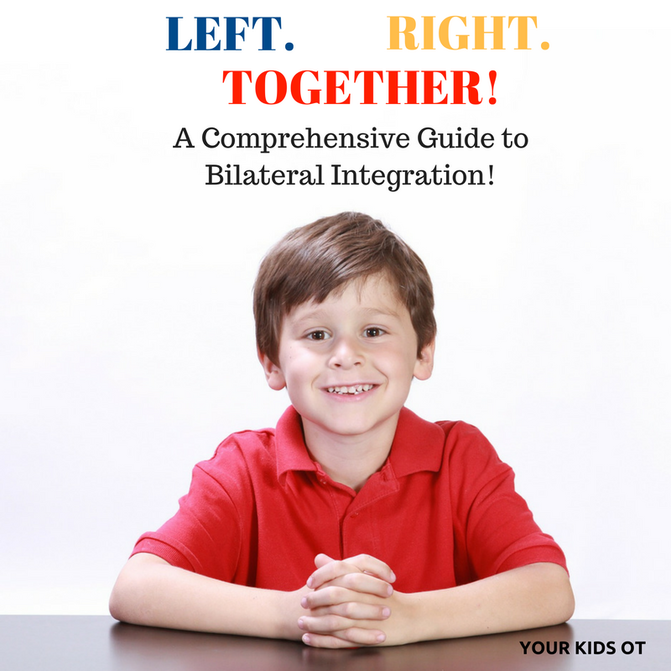
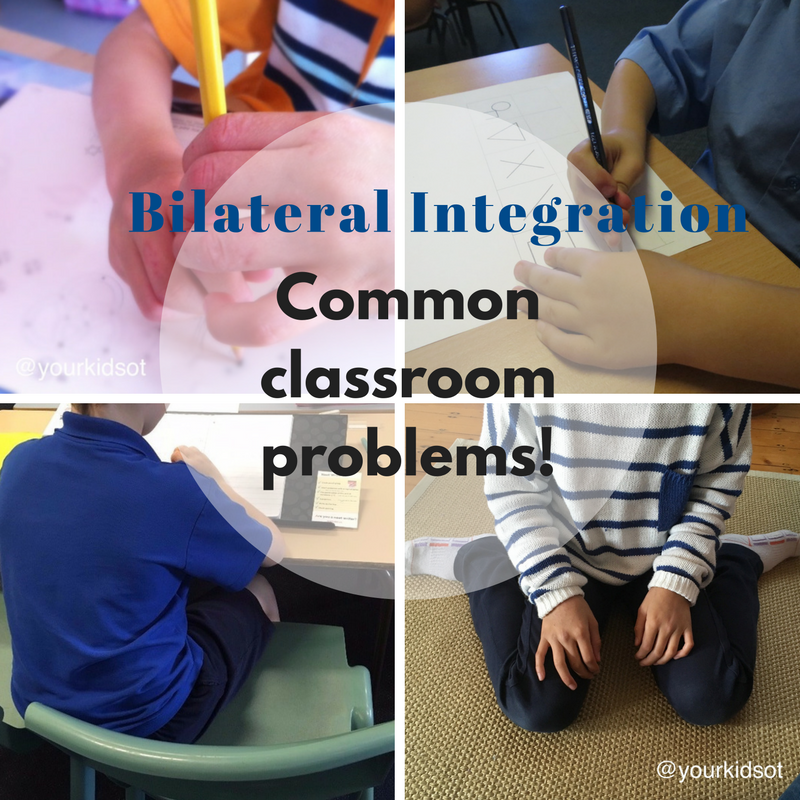
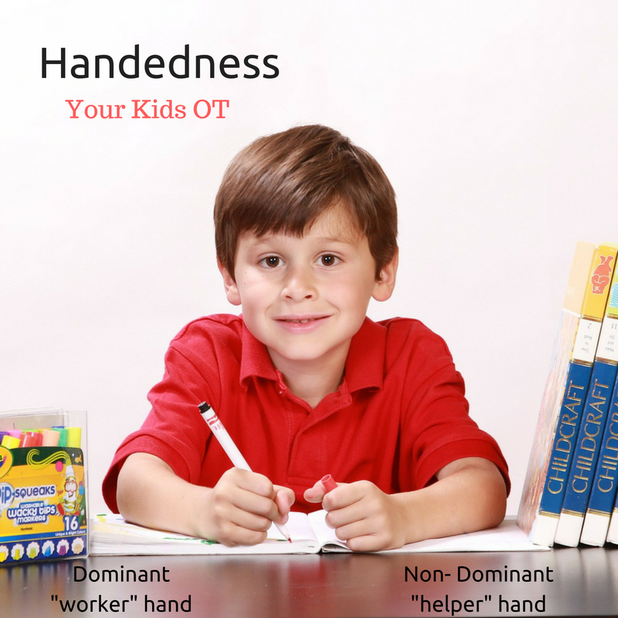
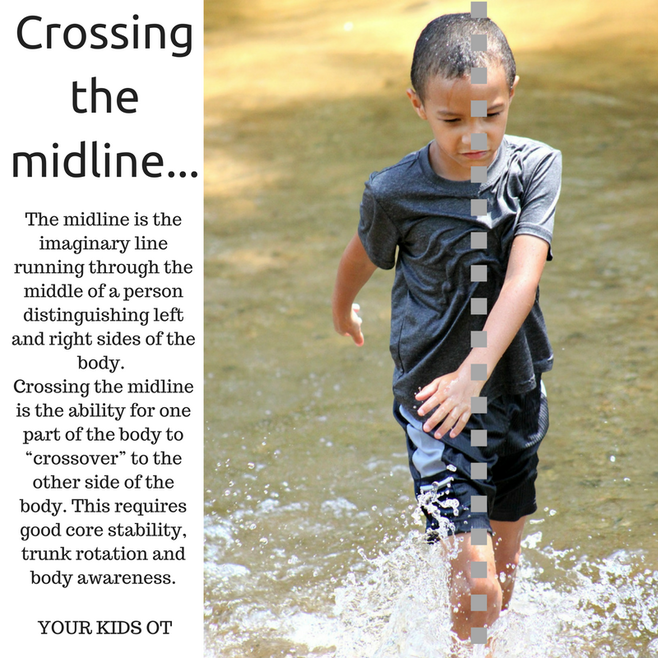
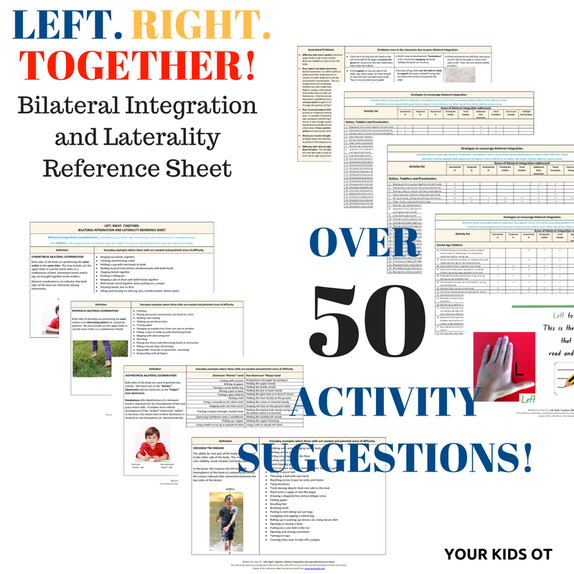

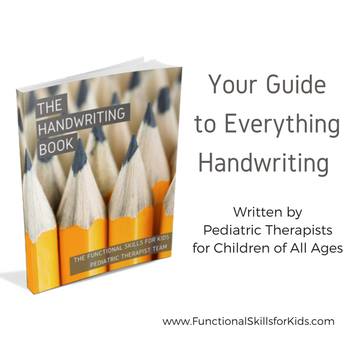

 RSS Feed
RSS Feed
